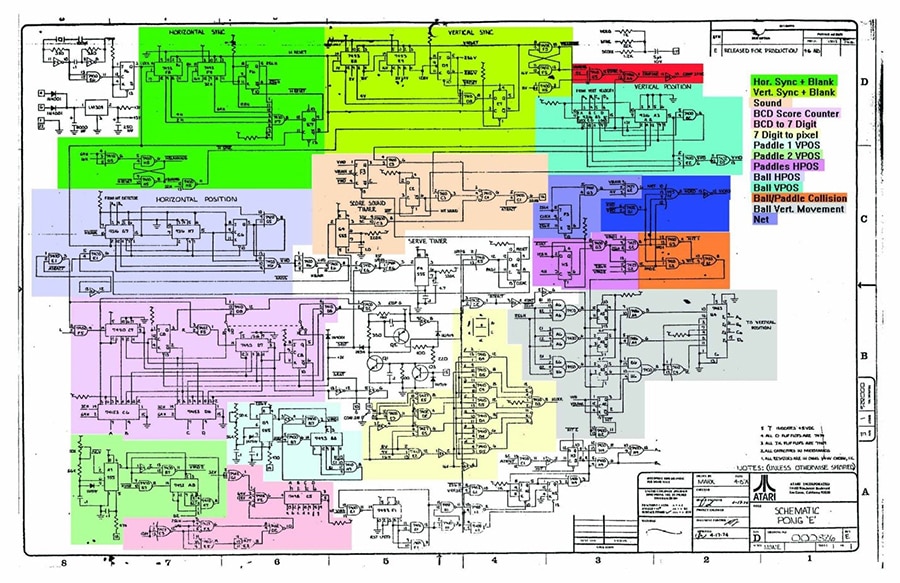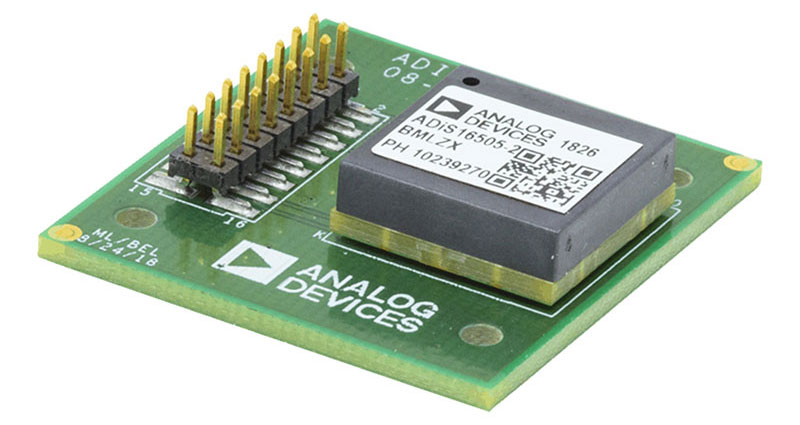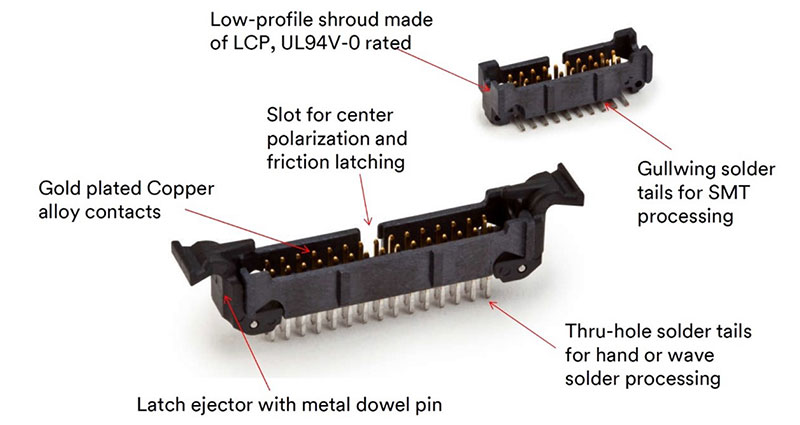Will You be Ready for the Next EU Ecodesign Requirements?
It’s not too early to get ready for the next ecodesign regulations for smartphones and tablet computers from the European Union (EU). The rules cover sustainable1 design and new energy labelling2 requirements to the point that they will significantly impact how these devices are designed, built, and presented. One rule requires that smartphones be built so consumers can easily repair, upgrade, and maintain them (in some cases including replaceable batteries). The other focuses on the addition of energy labels similar to those already found on consumer appliances.
Both are expected to be legal requirements in 2024.
Performance demands of 5G connectivity will make satisfying these new directives even more challenging. Three important areas to consider when designing sustainable and energy-efficient tablet computers and smartphones include; lower power memories, optimal power management, and efficient RF signal chains.
This blog briefly reviews some of the ecodesign requirements as well as some steps you can take to prepare. It focuses on ICs that enable higher efficiency, including a low-power double data rate 5 (LPDDR5) memory IC from Micron Technology, a power management IC (PMIC) from Texas Instruments, and an antenna tuning IC from Infineon
Example ecodesign regulations
A couple of examples of the new requirements taken from the 52-page annex to the regulations on, “Designing mobile phones and tablets to be sustainable – eco-design,” include:
Ingress protection: These devices must be protected against the ingress of 1 millimeter (mm) or larger solid foreign objects and splashing water. Ingress protection against particles and moisture will be expressed as an IP code (Table 1). Ingress protection testing must be performed without a protective cover on the device. As described below, devices with long-life batteries that are not user replaceable must be designed to be watertight to the IP67 standard.
 Table 1: Minimum ingress protection requirements are for particles 1 mm or larger and splashing water. (Table source: ec.europa.eu)
Table 1: Minimum ingress protection requirements are for particles 1 mm or larger and splashing water. (Table source: ec.europa.eu)
Batteries and battery management: The ecodesign standard requires that batteries be tested in continuous charge/discharge cycles until the usable capacity has reached 80% of its nominal rating. Life cycle testing will use the default charging algorithms for the device. The number of cycles will be rounded down to the nearest full hundred. For example, a battery that reaches 80% of rated capacity after 524 cycles will be rated for 500 cycles.
All devices are required to have a battery life of at least 500 cycles. Users must be able to check the health of batteries at any time and replace the batteries if their capacity deteriorates too much. The exception is smartphones with batteries that have lives of 1000 cycles or more and that are watertight to the IP67 standard. In this instance, the batteries are not required to be user replaceable. However, the batteries in these smartphones must be replaceable by professional technicians.
Battery management requirements:
- These devices must include a user-controllable charging feature that terminates charging when the battery reaches 80% of full capacity.
- These devices must include a default setting that ensures that fully charged batteries have no power applied—unless the charge level drops to less than 95% of rated capacity. Users must have the option to disable this setting.
In addition to proper power management, low power consumption is an important factor in meeting the battery life cycle requirements of the new ecodesign directives.
More memory bandwidth, less power
Low power can, of course, be achieved using energy-efficient components. For starters, you can turn to LPDDR5 dynamic random access memory (DRAM) for mobile handsets. Devices like the MT62F1G64D8CH-031 from Micron Technology are 20% more power efficient compared with previous-generation memory devices. This DRAM can support data processing at peak speeds up to 6.4 gigabits per second (Gbits/s), a key requirement for 5G smartphones, and 50% faster than previous DRAM designs.
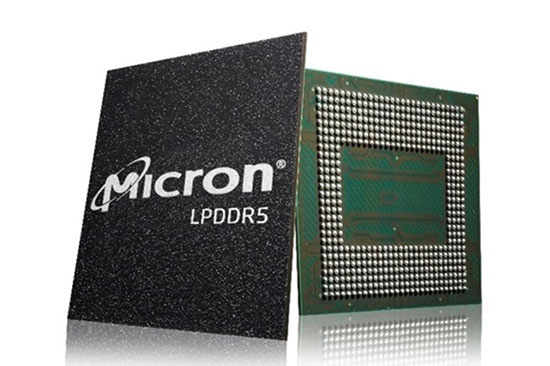 Figure 1: LPDDR5 memory devices like the MT62F1G64D8CH-031 are 20% more power efficient than previous-generation devices. (Image source: Micron Technology)
Figure 1: LPDDR5 memory devices like the MT62F1G64D8CH-031 are 20% more power efficient than previous-generation devices. (Image source: Micron Technology)
Power management IC
The LP8758A PMIC from Texas Instruments can optimize the power consumption of processors in smartphones and tablets. It provides four output voltages from independent step-down DC-DC converters and can be controlled by an I2C serial interface. The LP8758A automatically switches between pulse width modulation (PWM) and pulse frequency modulation (PFM) to maximize efficiency over a wide output-current range (Figure 2). To efficiently monitor energy consumption, the LP8758A can provide the load current measurements without the use of external current-sense resistors.
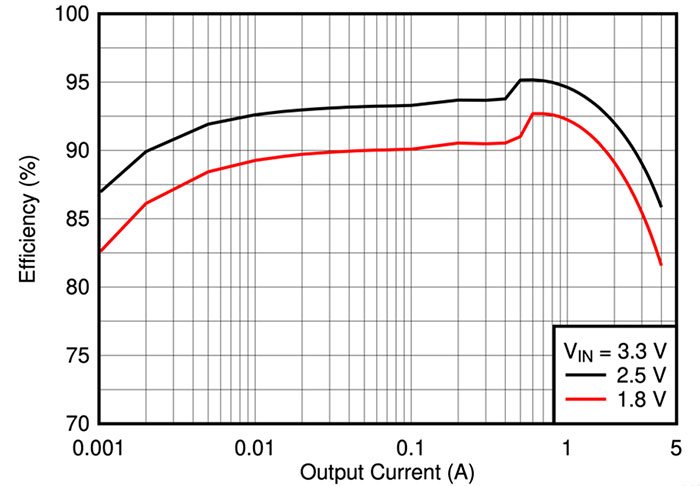 Figure 2: The LP8758A PMIC provides high efficiency over a wide range of output current. (Image source: Texas Instruments)
Figure 2: The LP8758A PMIC provides high efficiency over a wide range of output current. (Image source: Texas Instruments)
Tuning antennas
An efficient RF signal chain is another important factor in the energy efficiency of smartphones and tablet computers. The BGSC2341ML10 from Infineon Technologies is designed for RF tuning applications, such as tunable impedance matching, tunable filtering, and antenna tuning. This IC integrates an 8-state tunable capacitor and a low “on” resistance single pole double throw (SPDT) RF switch that is controlled using the mobile industry processor interface (MIPI) 2.1 RF front-end (RFFE) protocol (Figure 3).
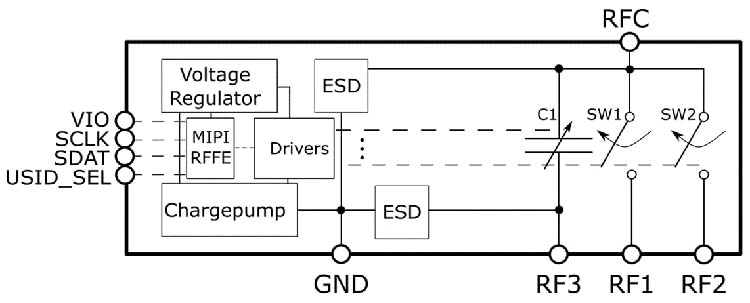 Figure 3: The BGSC2341ML10 includes a tunable capacitor (C1) and an SPDT RF switch (SW1 & SW2). (Image source: Infineon Technologies)
Figure 3: The BGSC2341ML10 includes a tunable capacitor (C1) and an SPDT RF switch (SW1 & SW2). (Image source: Infineon Technologies)
Conclusion
New ecodesign requirements for smartphones and tablets are coming from the EU in 2024 and now’s the time to get ready. With an eye toward sustainability and repairability, the new rules also include energy efficiency labeling that mimics those currently found on consumer appliances. As shown, to meet the demanding low-power requirements for next-generation systems, designers can turn to readily available advanced LPDDR5 DRAM memories, PMICs, and antenna-tuning ICs.
References:
1: Designing mobile phones and tablets to be sustainable – ecodesign
2: Energy labelling of mobile phones and tablets – informing consumers about environmental impact

Have questions or comments? Continue the conversation on TechForum, DigiKey's online community and technical resource.
Visit TechForum







